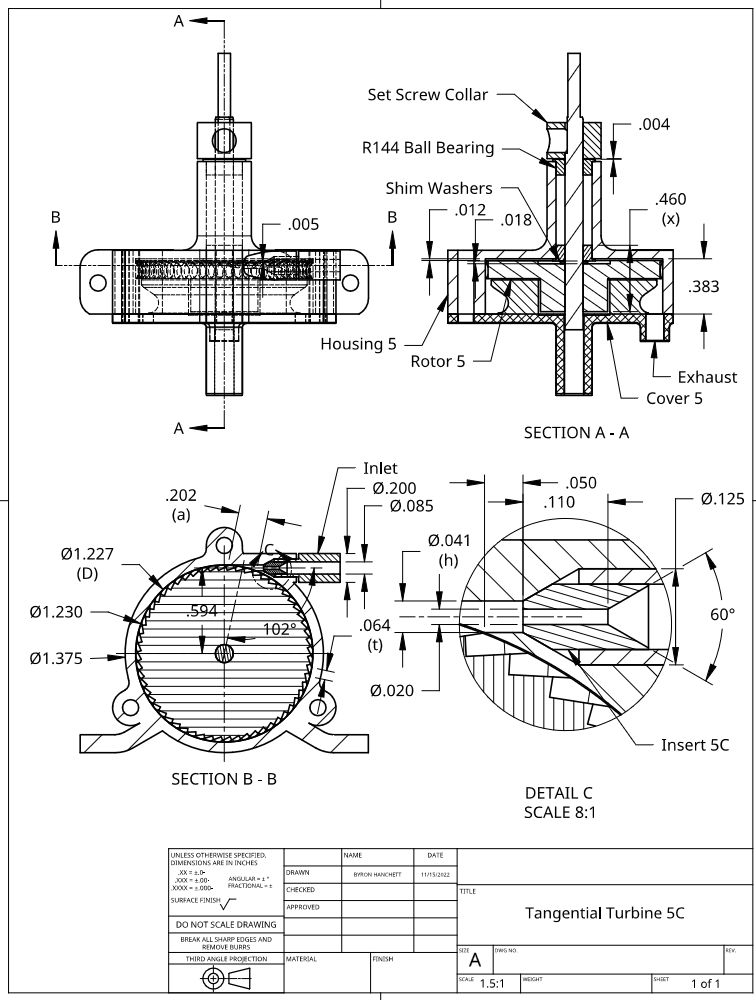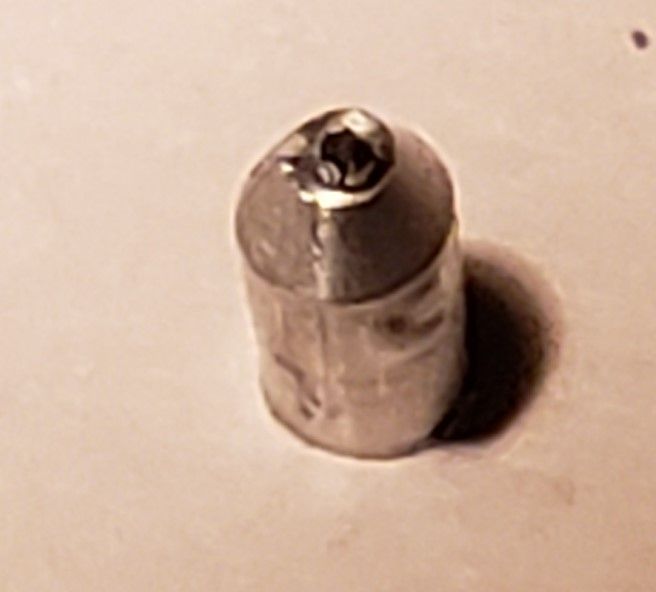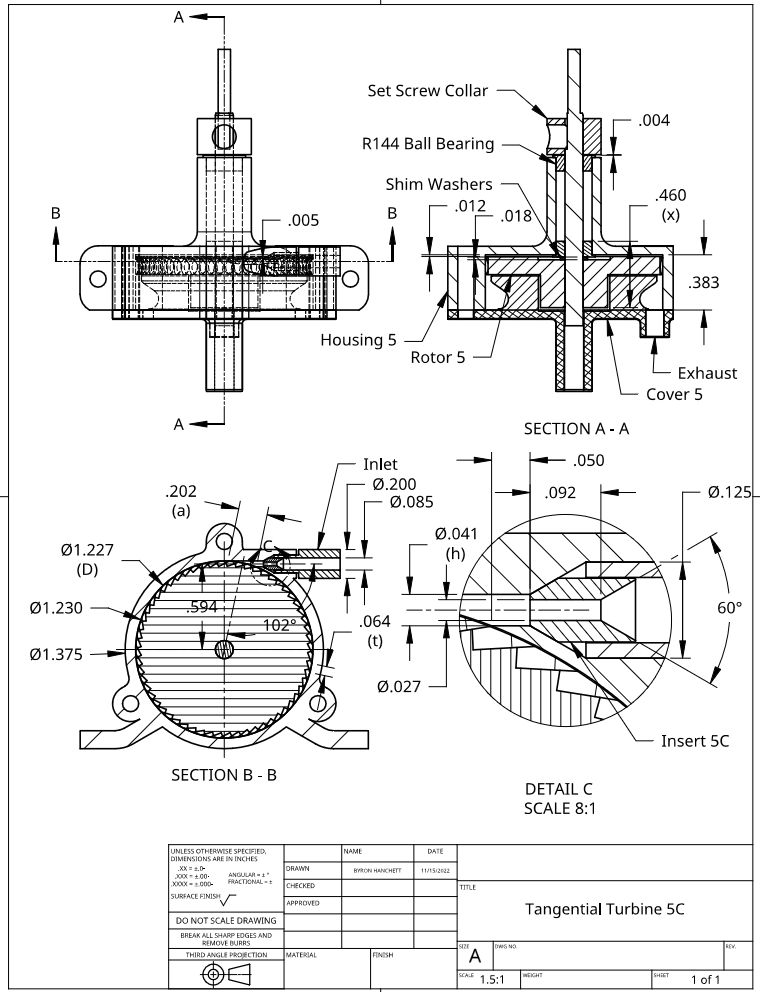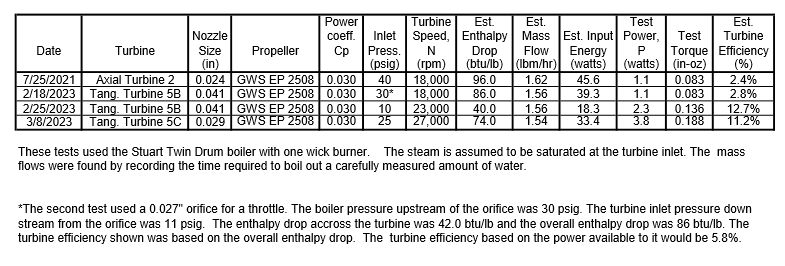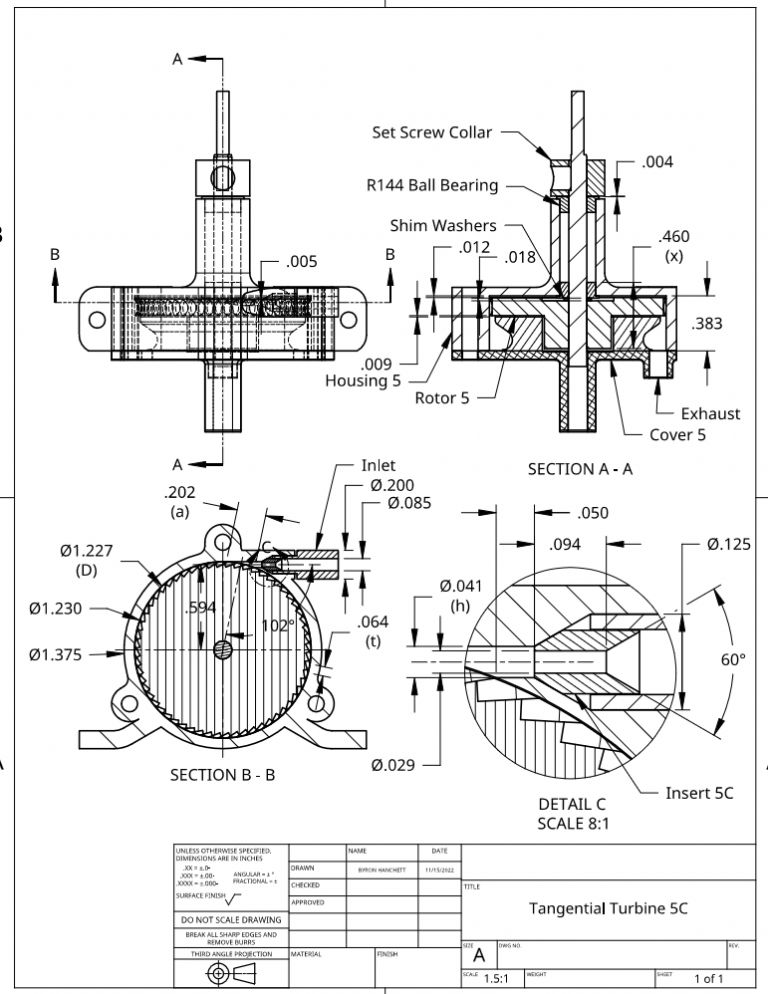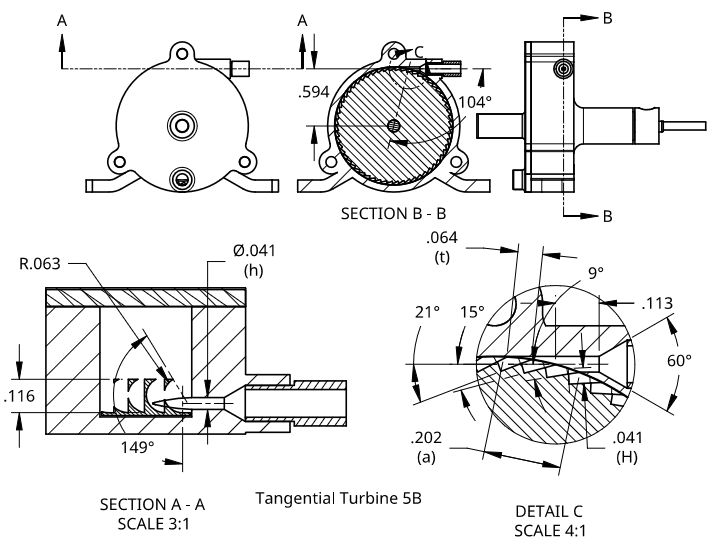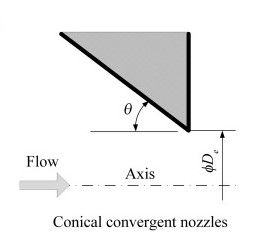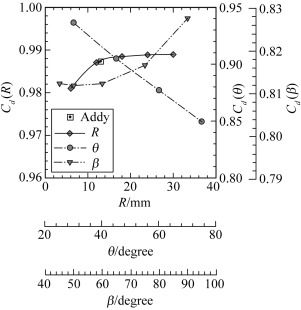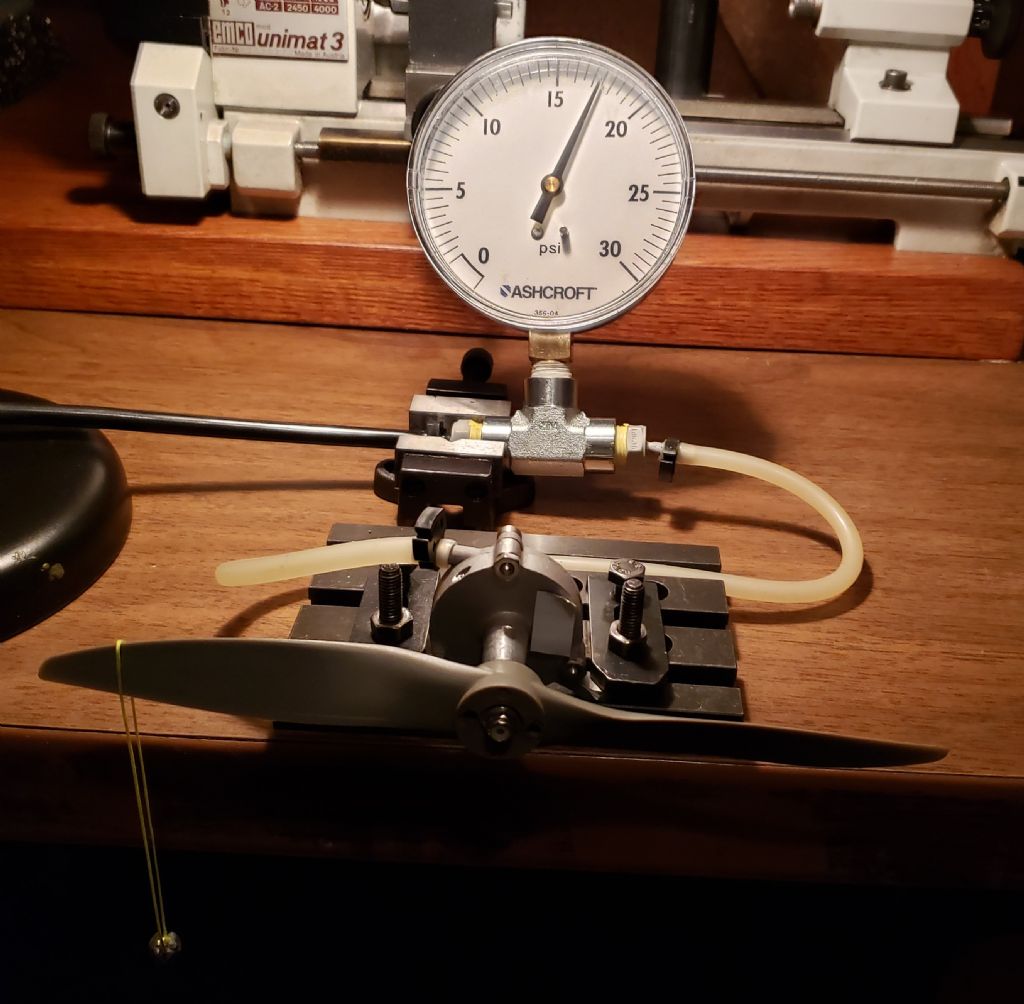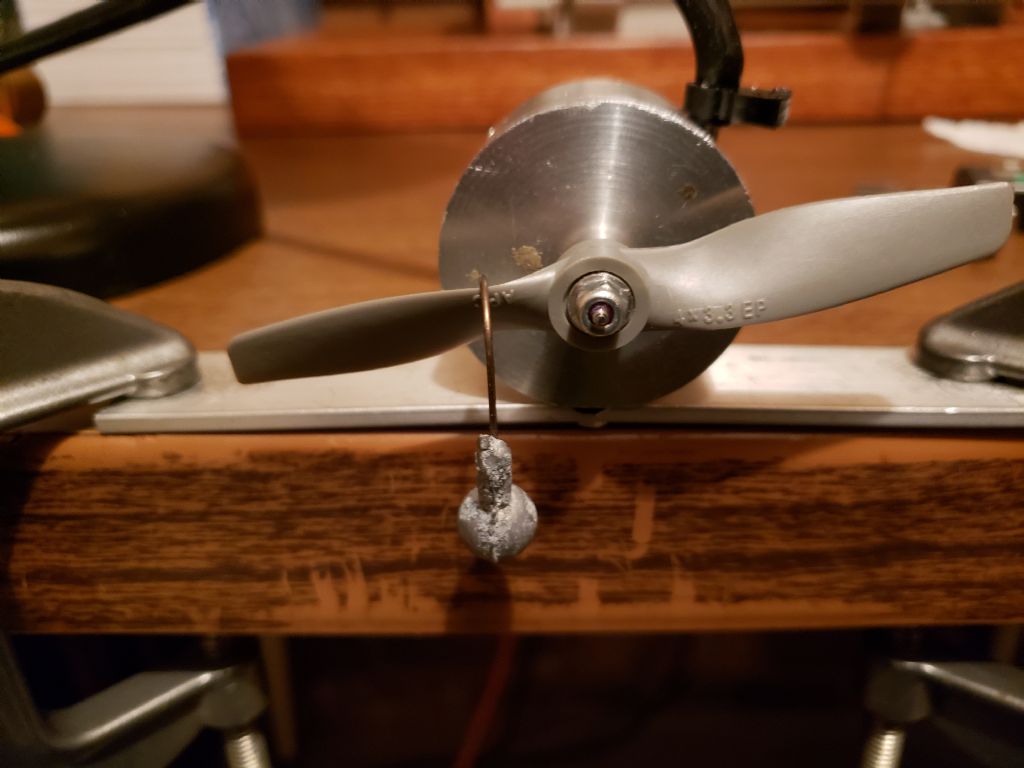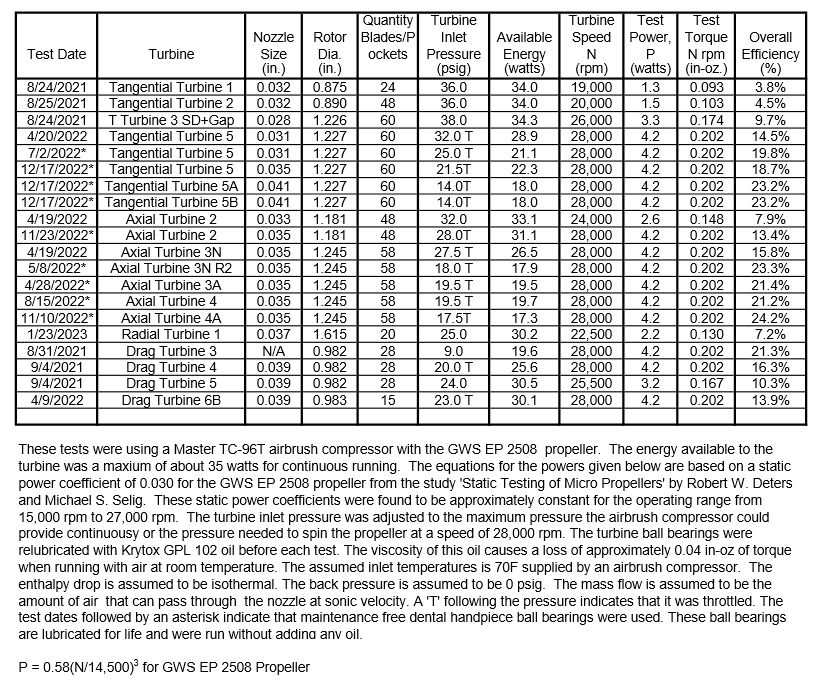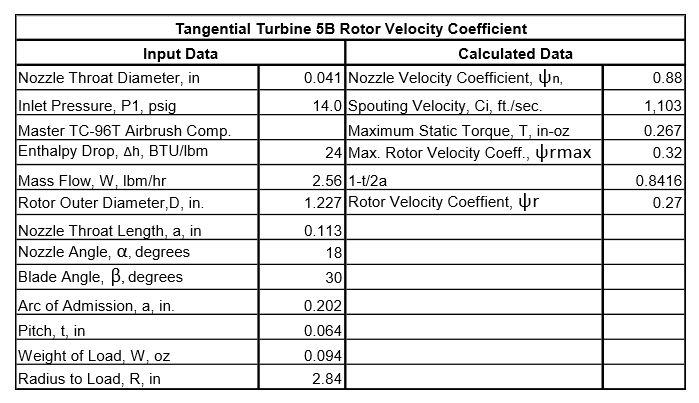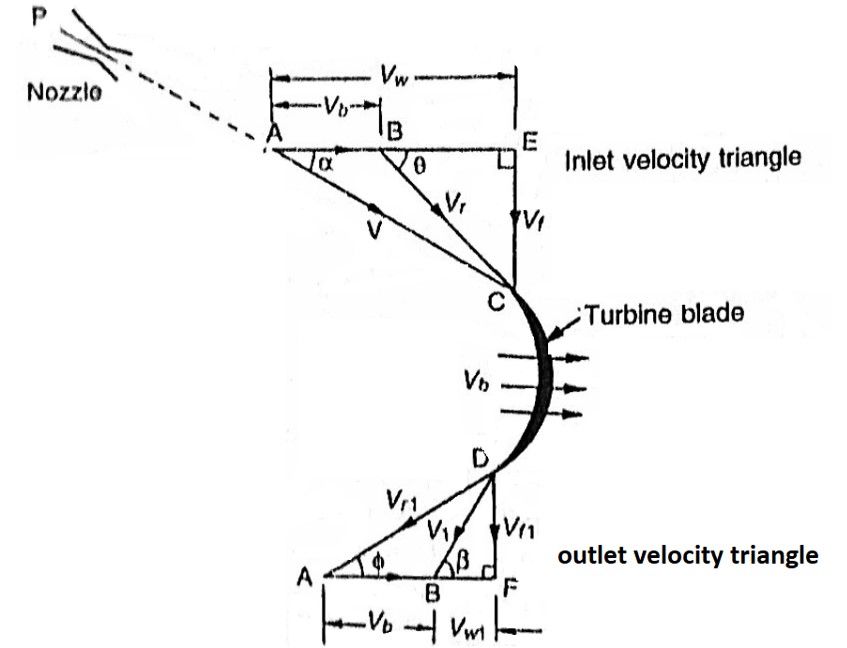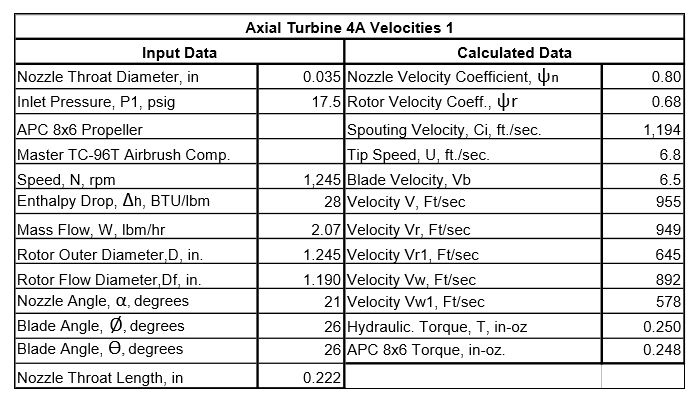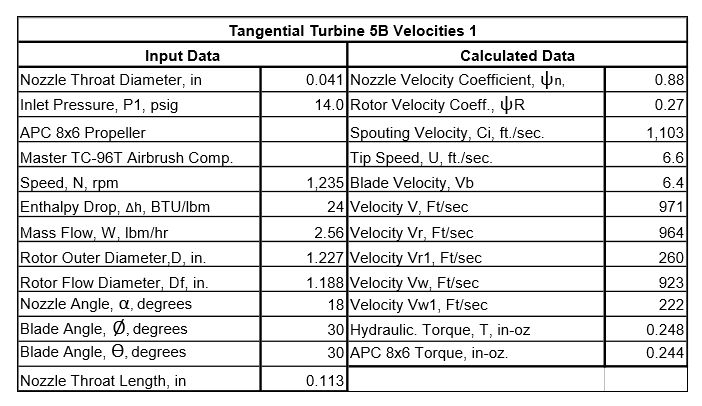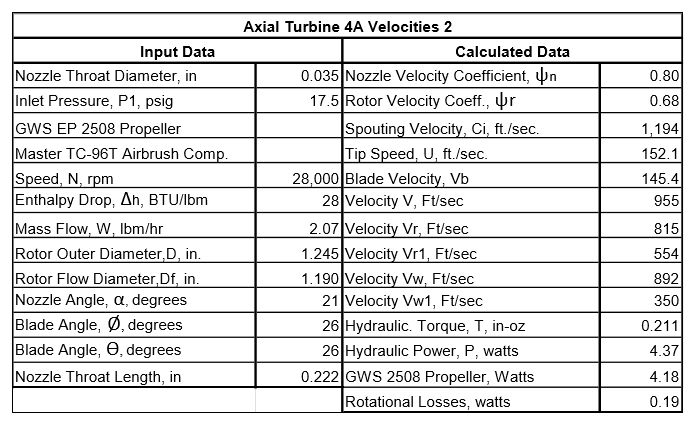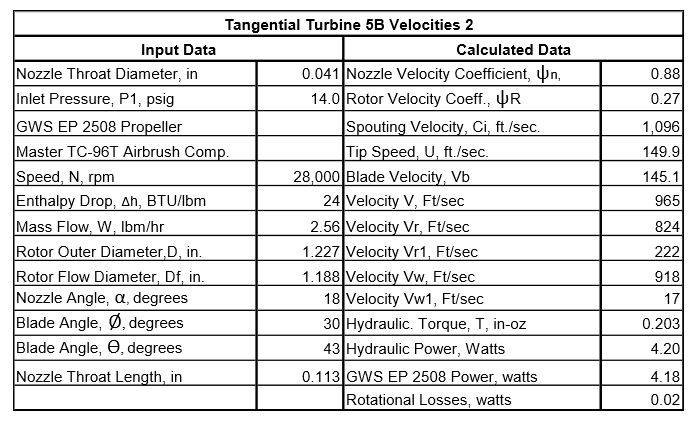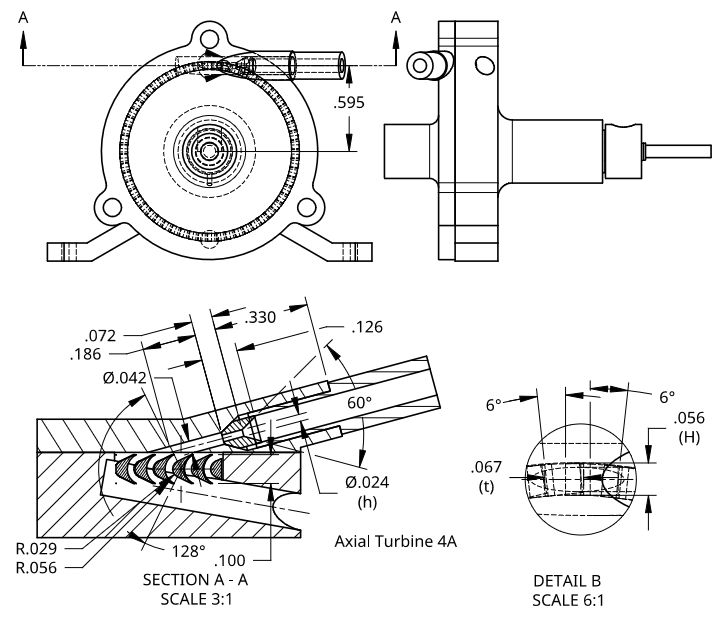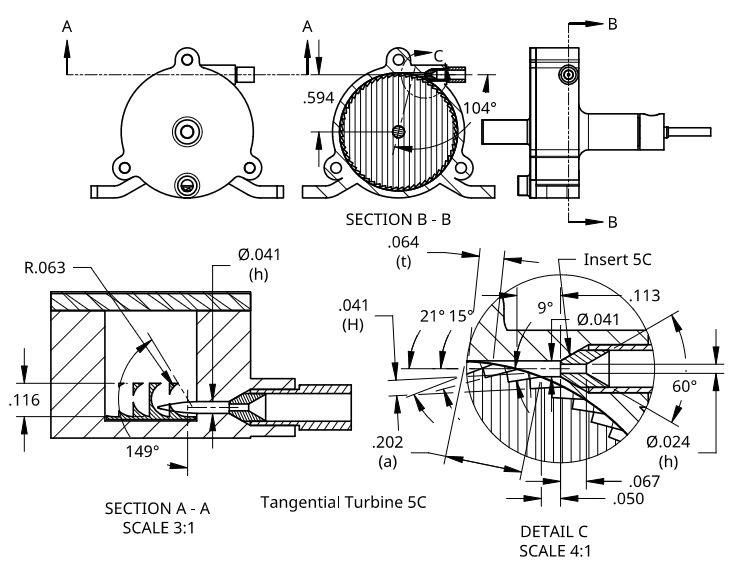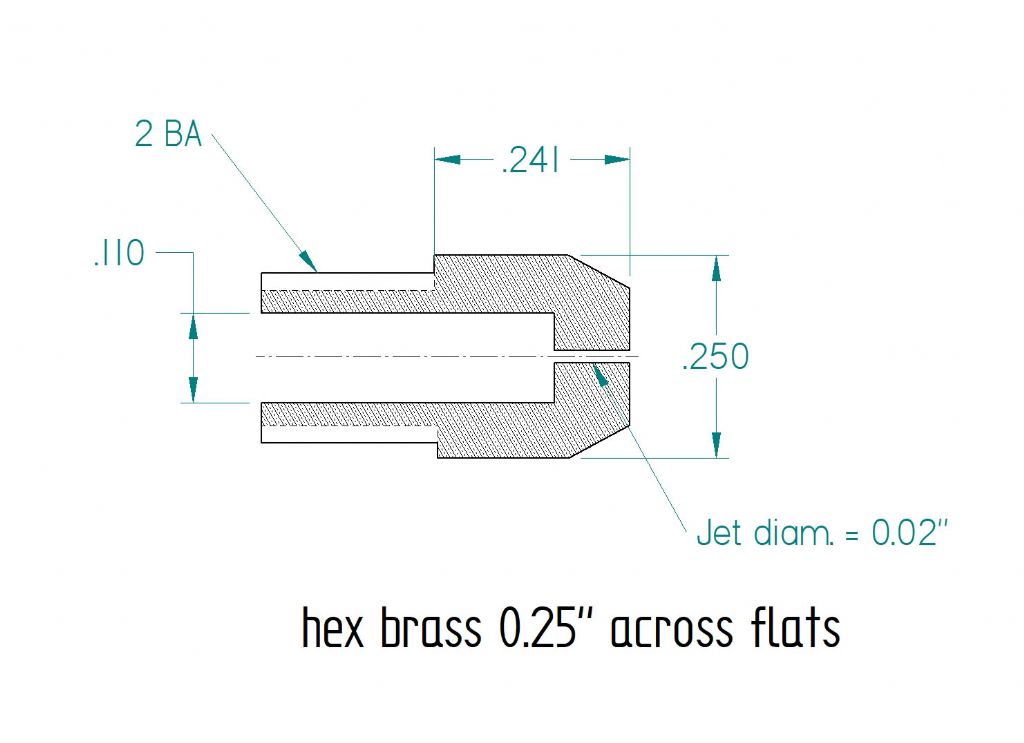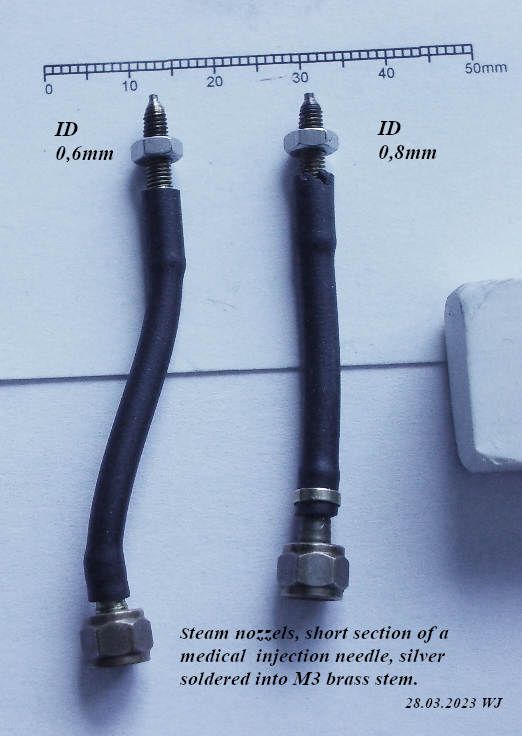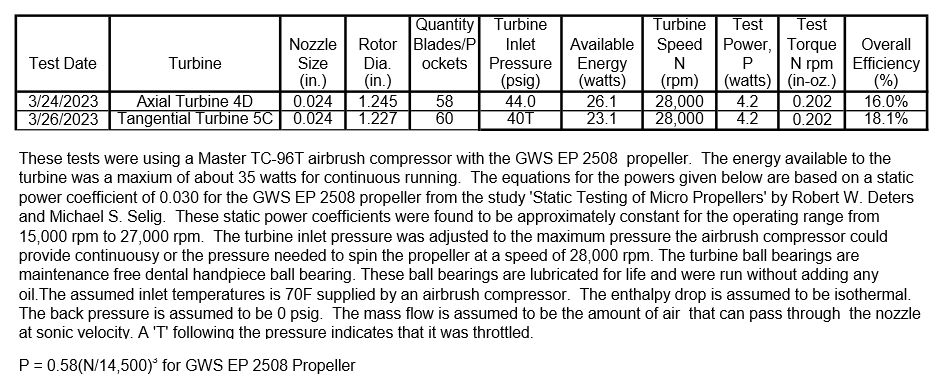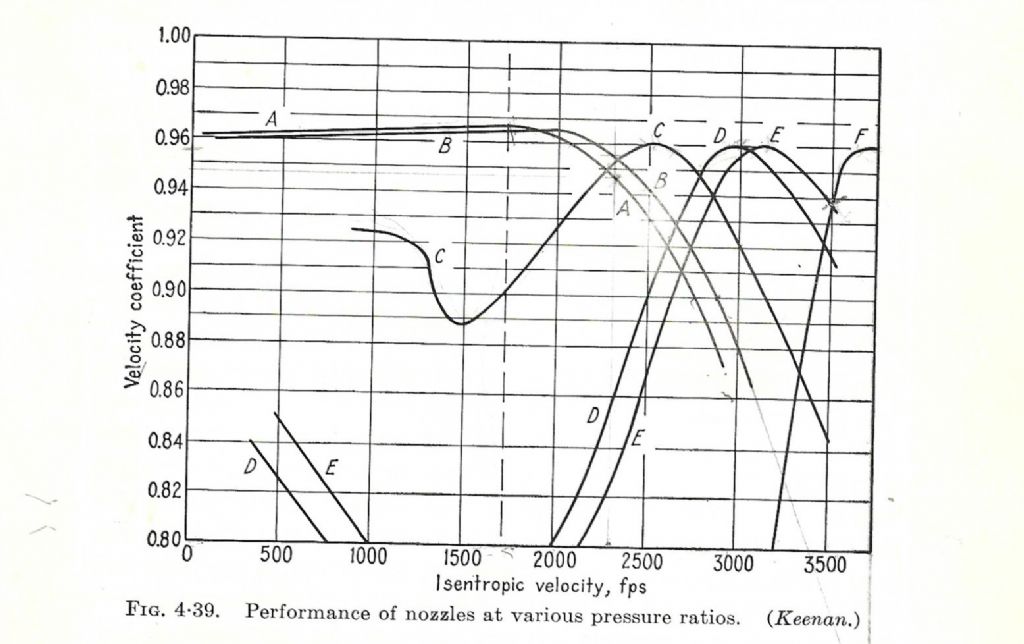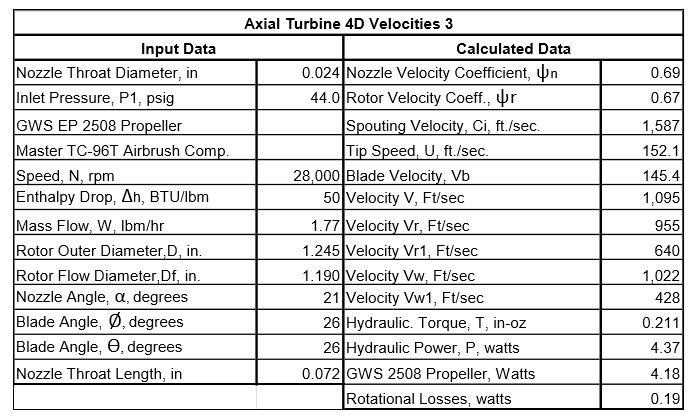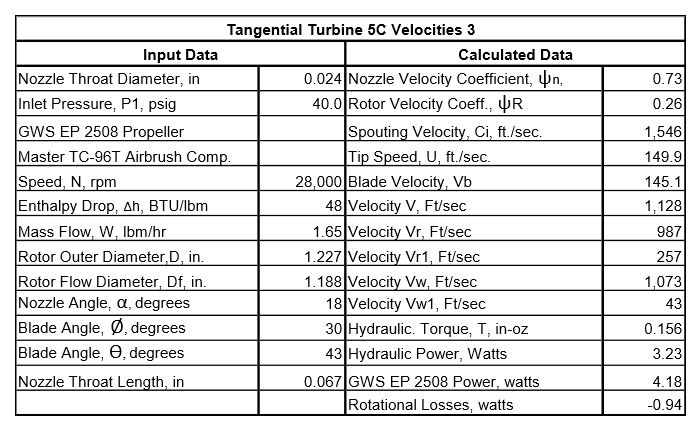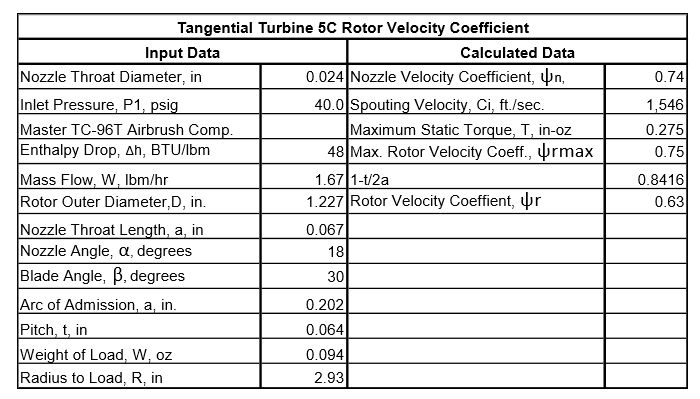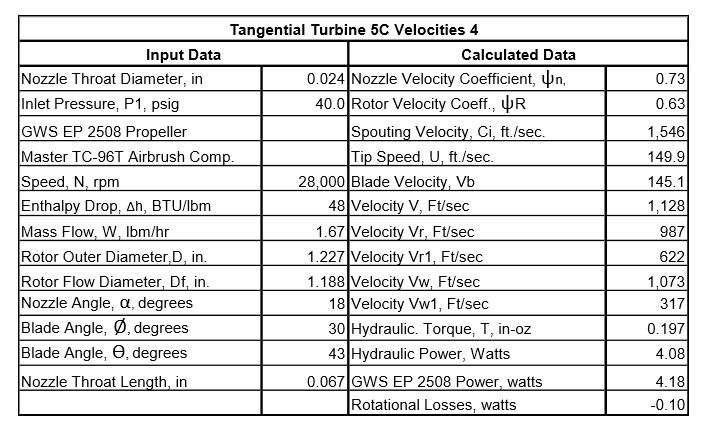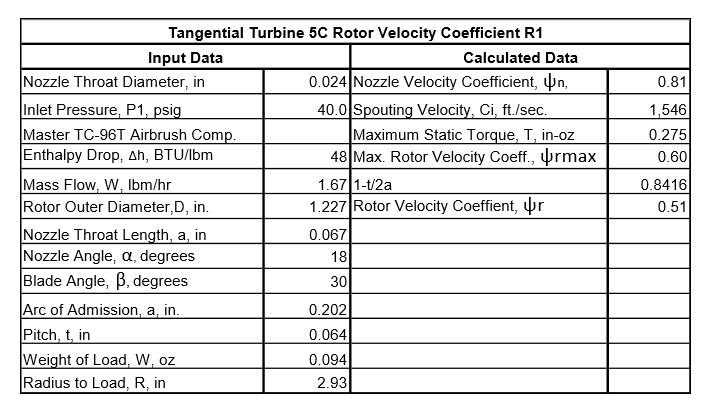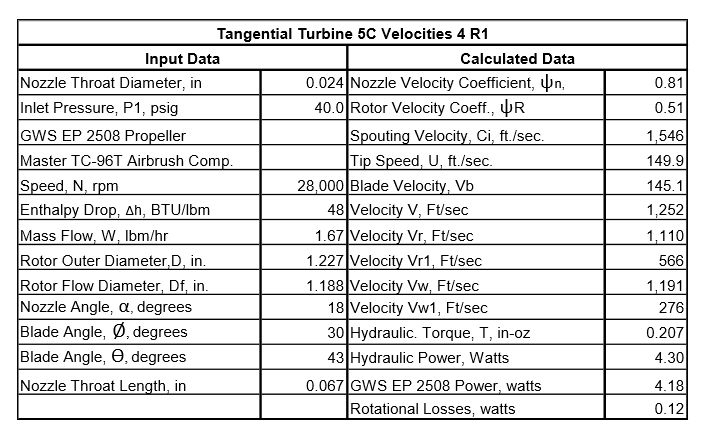I noticed that the nozzle size shown in the drawing and test sheet of the last post were different, so I measured it again. The correct size is 0.029” as shown on the test sheet. The following drawing of Tangential Turbine 5C has been up dated to show the correct size.
When I ran the test of Tangential Turbine 5C shown in the last post, I noticed the speed was periodically dropping and then returning to the maximum speed. This occurred several times until late in the run and then the speed stayed at the maximum until the water ran out in the boiler. This indicated that water was being carried over during the first part of the run. I checked the average moisture content for the entire run and it was approximately 20%. During the time when the speed was increasing and decreasing the maximum speed was about 25,000 rpm. The maximum speed when it stayed steady, was the 27,000 rpm, shown in the test sheet. This change in speed was due to the steam being drier at the last part of the run.
The performance of Tangential Turbine 5C appeared to exceed the performance of the Saito T-1 steam engine described in the 12/10/2020 Post of the Testing Models thread. This test of the Saito T-1 steam engine with everything the way it came and run with the Stuart Twin Drum boiler; it turned an APC 8×6 propeller at approximately 2,400 rpm. This propeller requires 1.7 watts to run at this speed according to the manufacture’s propeller performance sheets. Tangential Turbine 5C would require a 11.3:1 speed reducer to run at the Saito T-1 speed. This would probably require two stages and assuming the 80% efficiency per stage I found with the test of Radial Turbine 1, the power of Tangential Turbine 5C would be reduced to 2.4 watts. This is still quite a bit better than the 1.7 watts of the Saito T-1 steam engine that was the best performing of any of the small steam engines I tested.

Turbine Guy.


